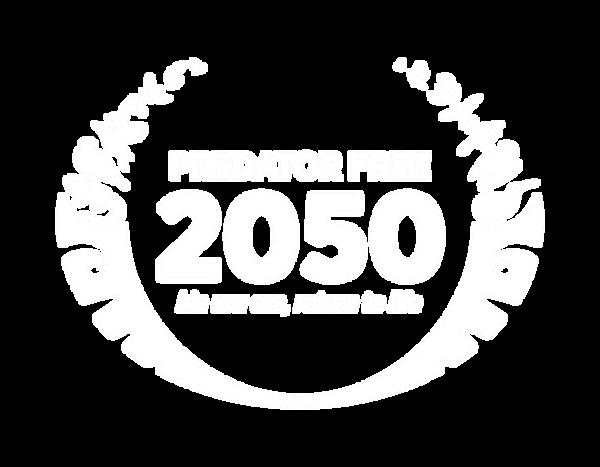

LEARNINGSSOFAR
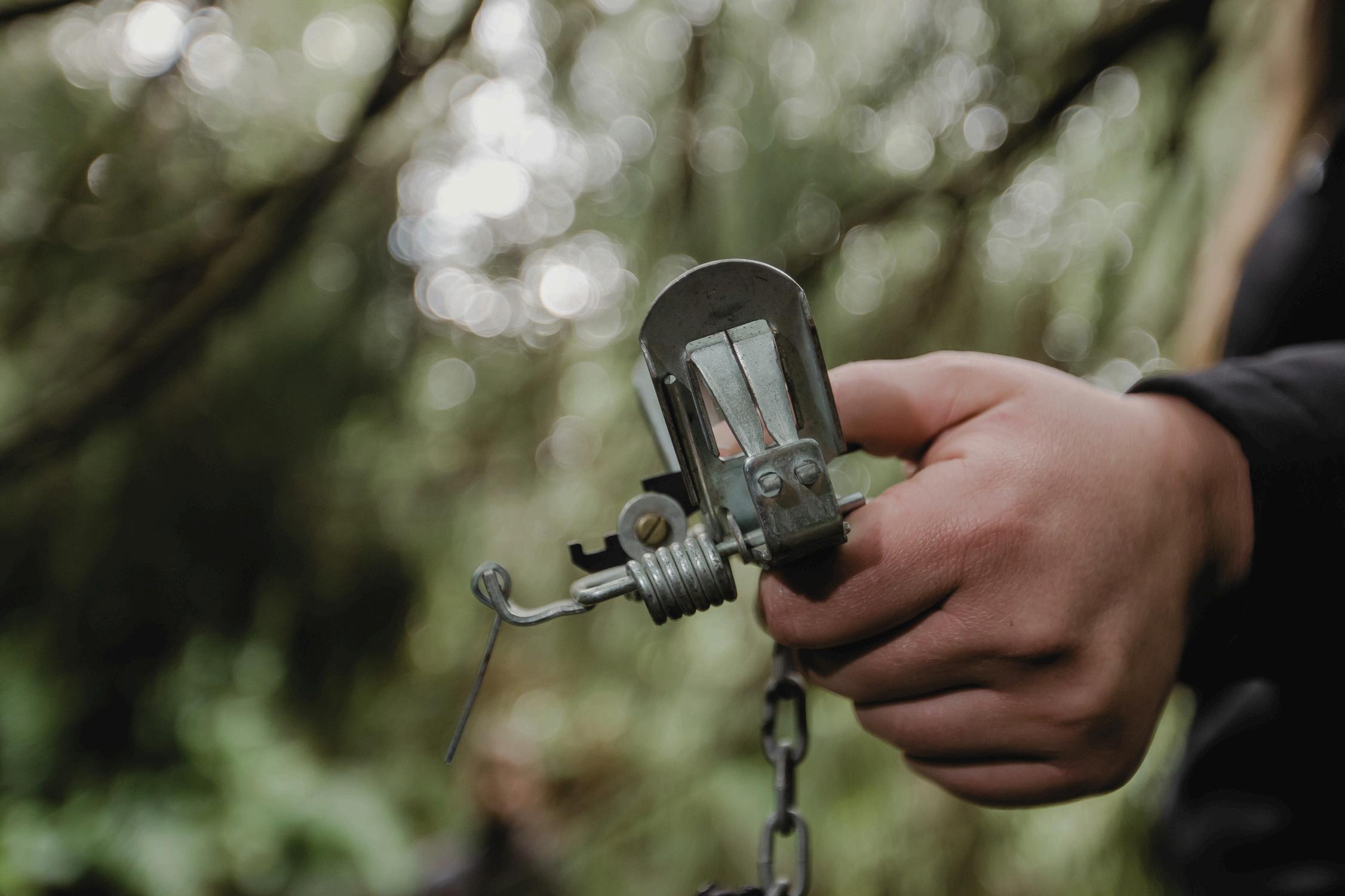
Example of a brand new leghold trap not in use
Insights from the large landscape predator elimination projects supported by Predator Free 2050 Limited

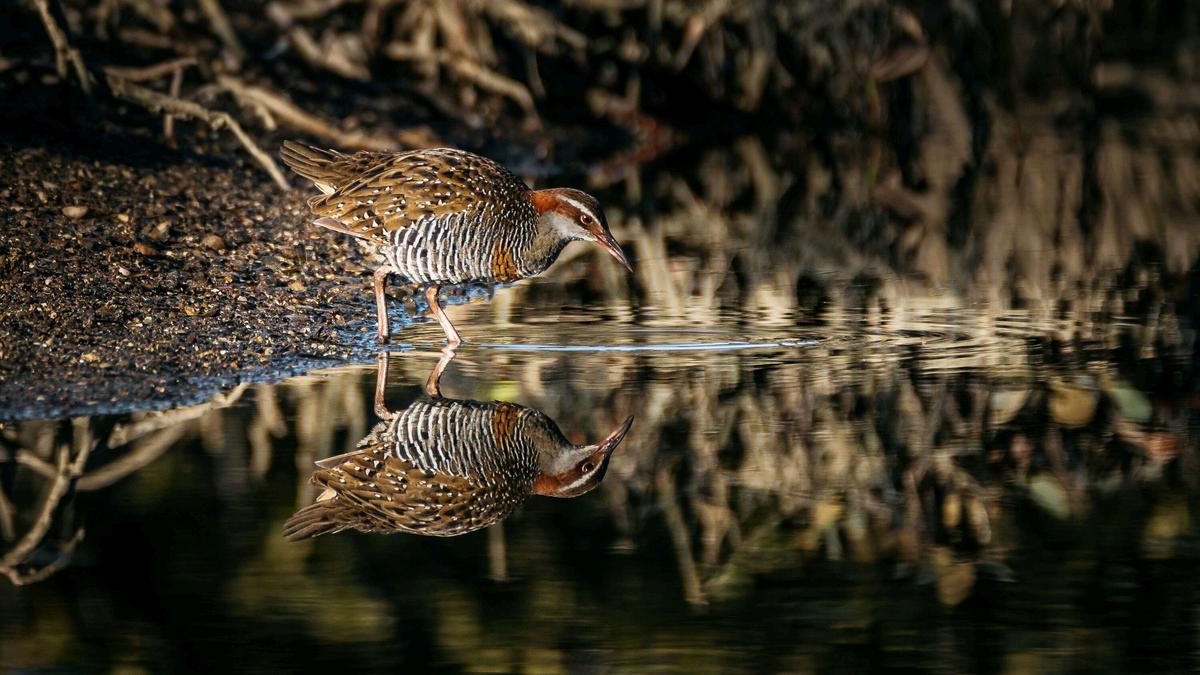
Foreword
The question ‘How can predators be eliminated from Aotearoa New Zealand’s mainland and offshore islands without predator proof fences?’ is the biggest question for the Predator Free Goal Predator Free 2050 Limited (PF2050 Limited) was set up, in part, to answer this question and is doing it through three workstreams that work closely together: breakthrough science; tool development and landscape scale projects.
The landscape scale projects have been set up like a national feasibility study to build a proof of concept for predator elimination across all different geographical and social landscapes, with each project answering different parts of the question.
Some of the projects have been going since 2018, others have only recently become operational. There are currently 18 landscape projects co-funded by PF2050 Limited. They range in size from 2,000 to over 100,000 hectares and are found throughout the country. These projects are led and governed in different ways and cover different bio-geographical and social landscapes. Therefore the learning they are capturing, is not just technical, but is also social, cultural, environmental and economic.
These are unique projects in that they are trying to eliminate a predator species, or a group of predator species. That means getting every last animal and keeping areas eliminated without using predator proof fences.
Image: Peter Rees
Being 6 years into this work, it’s timely to start capturing what these projects are learning, as some of these projects are now showing that elimination of predators is possible on the mainland. This paper, therefore, is a summary of distilled knowledge gained and observations made by the landscape projects, as of June 2024, acting as a community of practice. It predominantly focuses on what the first six projects have learned, because they have been working in it for the longest: Taranaki Taku Tūranga – Towards Predator Free Taranaki, Predator Free Hawke’s Bay, Predator Free Wellington, Te Korowai o Waiheke, Capital Kiwi and Predator Free Dunedin.
There is urgency in the Predator Free Mission as 2050 is not far away. The paper is about sharing the insights from the landscape projects to hopefully help future projects and the mission move faster. These projects are predominantly about elimination, but these insights will undoubtably be beneficial to all forms of pest management.
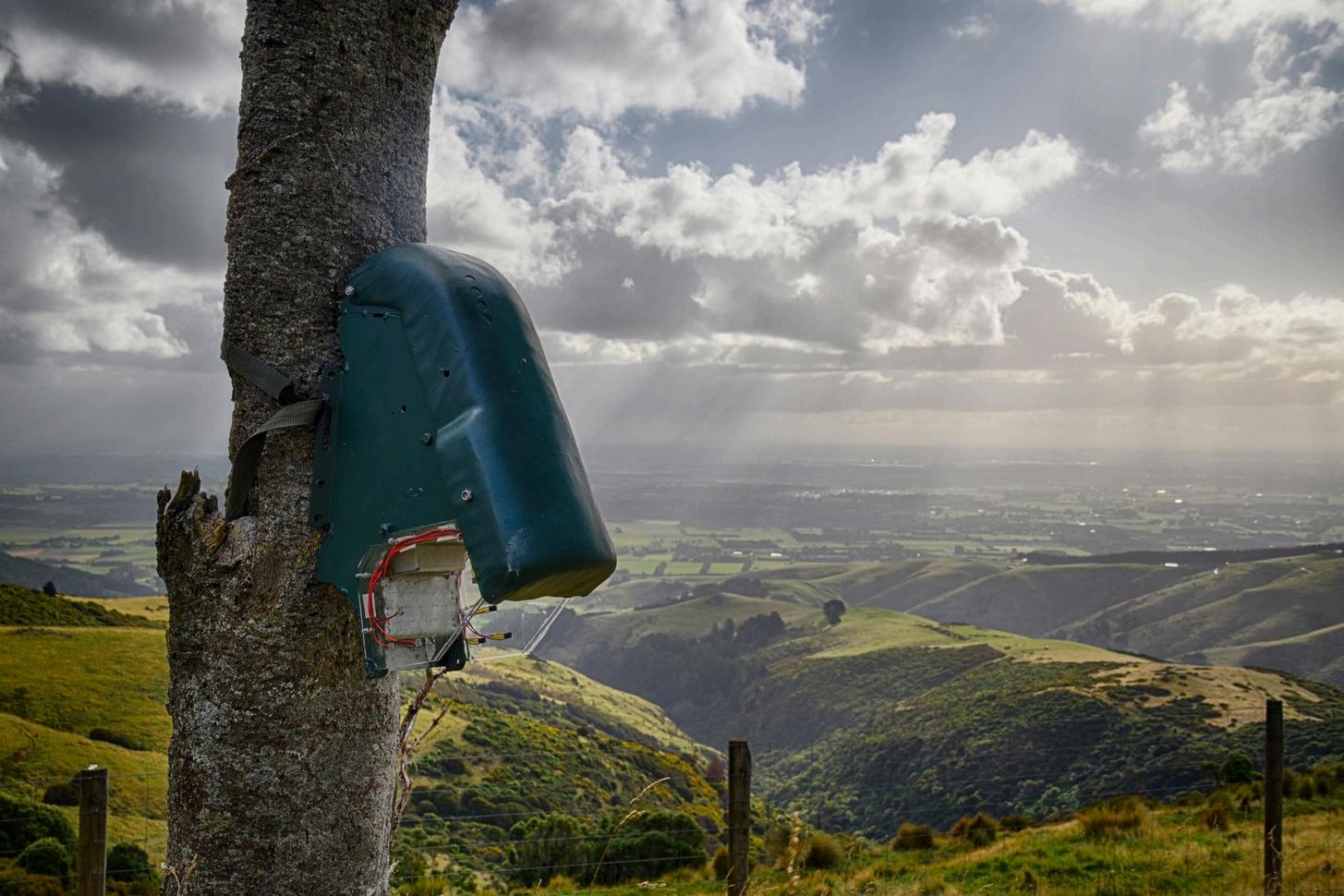
These insights are not recommendations or best practice, nor is this paper of a scientific nature. We also acknowledge that learning is organic and builds on itself, so many of these insights will have come from other areas of pest management and then built on by the projects It is, however an opportunity to share a summary of what has been learned and observed so far, for the benefit of other projects. This is a living document which will be added to and changed as new knowledge comes to hand.
AI Kill Trap. Image: Critter Solutions
What have we learned so far (June 2018-June 2024)
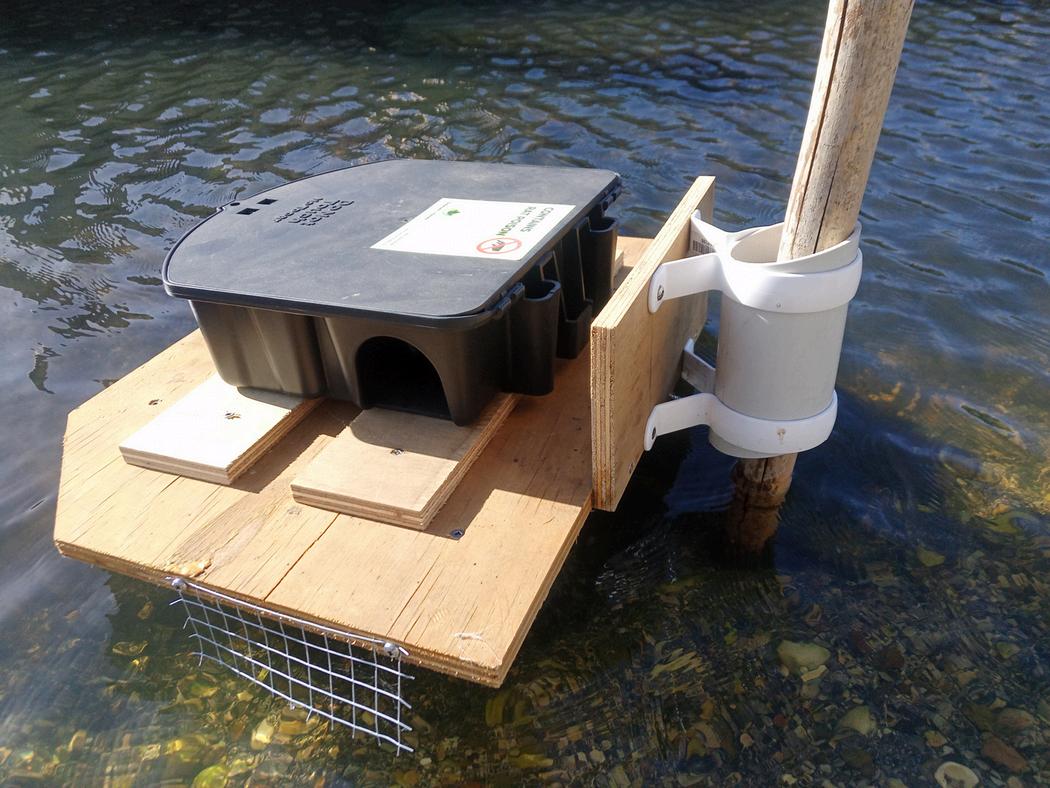
PF2050 Limited and partners have so far provided 6 years of investment and support to predator elimination at landscape scale to establish whether elimination, and defence of eliminated areas of possums, rats and mustelids is possible on the mainland and inhabited inshore islands.
The result is that a new, diverse, vibrant and more rapidly delivering community of practice has formed, supported by breakthrough science and the development and refinement of innovative new tools.
A high trust model has been crucial to this achievement, which allows strong partnerships to flourish and accelerated progress. It is a collaborative approach, requiring collaborative behaviour, understanding and acceptance of risk, collective decision making and power sharing.
A key driver of this success is having projects led by people at place and supporting those people with technical and other advice rather than having projects governed by agencies
Projects led by local people and operationally delivered by local professionals have the highest chance of long-term success Many parties welcome landscape projects because of projects’ local community representation and independence from government. Many funders, iwi/hapū, communities and landowners are unwilling to engage directly with government agencies.
This community of practice has distilled knowledge, which can inform all players in the movement on how to improve delivery of the Predator Free 2050 Goal. The community is beginning to provide insights into what more is needed for the Predator Free 2050 Movement to achieve its goal. These insights will be covered in the following sections.
Te Korowai o Waiheke Floating Trap.Image: Brett Butland
Community participation and engagement
The predator free movement is proving to be one of the most successful mechanisms for engaging the wider public in conservation.
Projects have indirectly enabled a more active public conversation on reversing the biodiversity crisis. This public conversation has led to increased discussion on the impacts of other non-indigenous invasive species.
This mission is not just about removing predators from our environment and seeing the native biodiversity bounce back. We are seeing so many other benefits. One is the active engagement of communities either directly (e.g., backyard trapping in suburbs and schools) or indirectly (as project cheerleaders).
When risks are communicated well to stakeholders, they are more likely to accept that there are things that will not always work as initially planned in predator elimination projects. However, their ownership of projects means they are in there for the long term, regardless of challenges and setbacks, and seek solutions. This is a positive outcome of allowing local communities to lead their own projects.
Social and community support is not a hurdle for any of our landscape projects. However, most projects have come up against individual landowners who have not allowed access to their land.
Projects have had to be agile and plan around this opposition when it happens. Good relationship management is an essential skill for project staff, with use of legislative levers through the Biosecurity Act seen as a last resort.
Landscape projects have learnt that social licence for their projects is built through empowering their communities – and communicating there is an opportunity for all people (with their variable skills and experiences) to be part of the project.
It is important projects communicate with existing predator control community groups about the distinct and valuable roles of suppression and elimination. This is so the community groups do not feel the suppression work they have been doing is less valuable
The Predator Free New Zealand Trust’s ability and effectiveness in reaching communities is excellent, and projects are increasingly relying on the Trust’s ability to reach communities around the country.
Long-term support from New Zealanders is critical to the Predator Free 2050 Mission succeeding. PF2050 Limited and the landscape projects it supports, already have the tools for building and maintaining community support
Open and inclusive stakeholder collaboration (based on transparent collective decision making) is critical for building trust and shared ownership of this complex and long-term mission.
It is essential that projects form a clear governance structure early. When projects have not put strong governance structures in place early, they have struggled to gain momentum.
It is also important projects set up structures to enable new funders. As funding commitments from funders is needed for a period of many years, projects need to be able to adapt to funders changing their commitment throughout the lifetime of the project. Some funders need evidence-based due diligence reports before they will commit to supporting a project. These reports take time to write - so projects need staff resource to do them.
Projects need to show visible predator elimination progress, so staff and stakeholders maintain their interest and commitment. This needs to be balanced with the time it takes for relationship building and planning.
The eyes of a community can provide an additional source of monitoring. For example, Te Korowai o Waiheke project has implemented a successful community stoat sighting campaign as part of the projects’ surveillance programme. The campaign has resulted in over 50 percent of probable stoat sightings leading to catches in their mop-up phase. This is not the only surveillance tool the project uses, but this method (involving the community) has been useful in populated areas. Predator Free Wellington have established a programme to encourage community sightings, with any probable reports responded to within 12 hours.
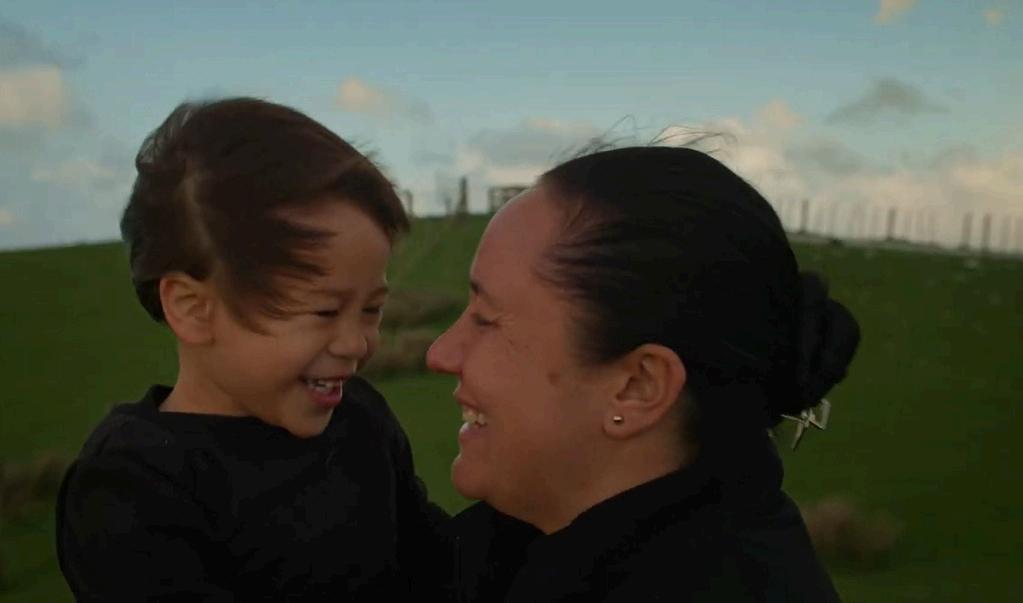
Kaupapa Māori
Projects led by local people and operationally delivered by local professionals have the highest chance of long-term success. Many parties welcome landscape projects because of projects’ local community representation and independence from government. Many funders, iwi/hapū, communities and landowners are unwilling to engage directly with government agencies.
Project support for active participation in planning and delivery by mana whenua is critical for projects to have a successful partnership with mana whenua.
Te Tiriti-centric approach to the project enables a reciprocal and enduring partnership, through encouraging as much mana whenua participation as possible.
Iwi/hapū need more financial and capability building support to be able to flourish in predator elimination projects and to be able to effectively provide a Te Ao Māori lens for the PF2050 system.
Poipoia te Kākano Image: Stephen Parker
Economic
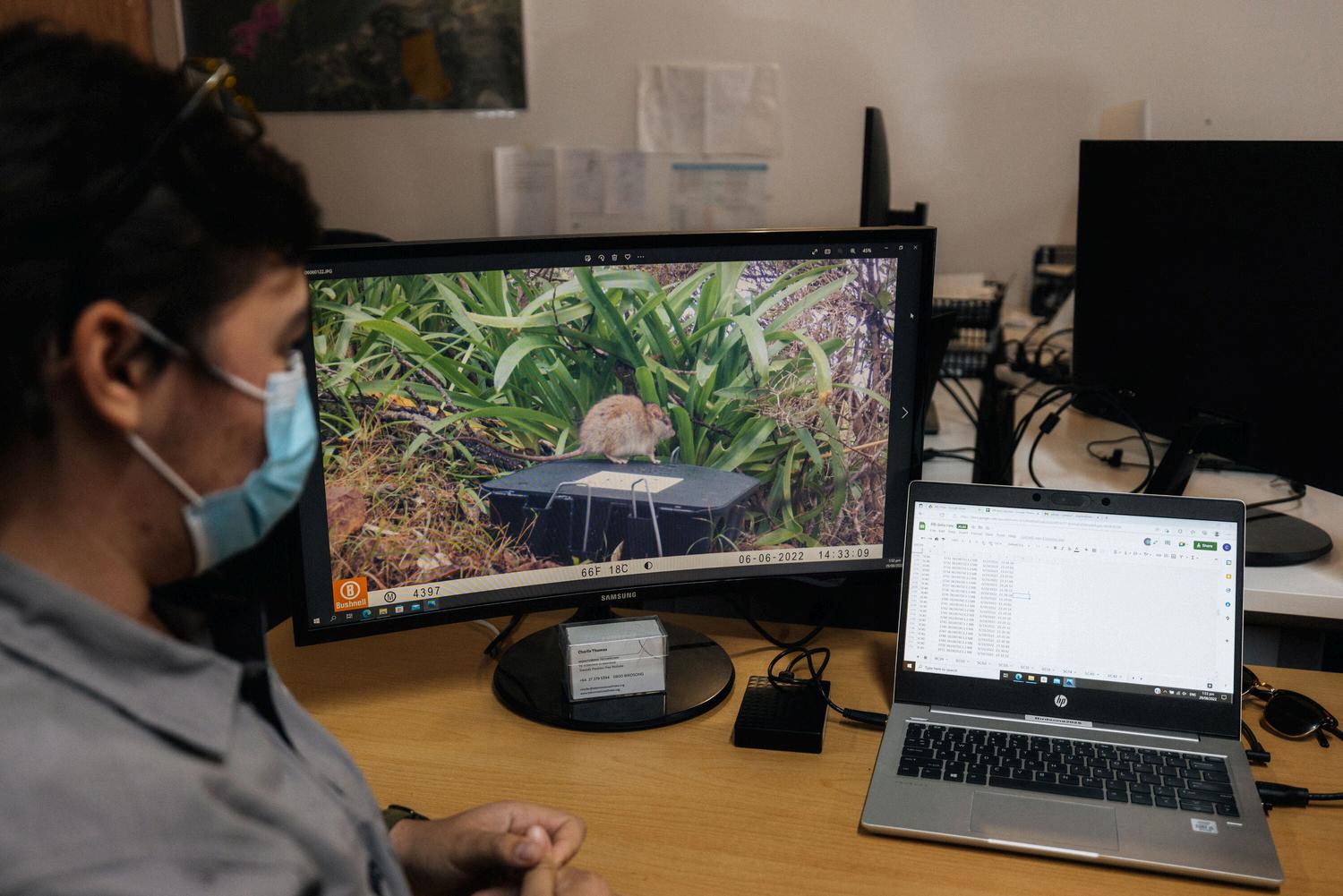
It is important that projects monitor their economic impacts, as these are a great way to show the value of their project to the community.
It is also important that projects measure their costs in a way that they can use them to demonstrate cost efficiencies over time.
Co-funding for projects is available from a range of partners, including local government, philanthropic, corporate and volunteer sectors. However, funding is prone to economic fluctuations which can cause uncertainty for a purpose that requires sustained funding over time for success.
Landscape projects have attracted new investment of almost $142M in non-government funding from the philanthropic, corporate, and volunteer sectors, because of PF2050 Limited’s seed funding.
Te Korowai o Waiheke Monitoring Image: Peter Rees
Landscape project operational learnings
There is no silver bullet when it comes to elimination tools and methods. What works in one place may not work in another or may not work at the same time in a project’s lifecycle. A tool cannot be discounted just because it didn’t work for someone else. This learning has application to R&D projects in that multiple trial sites may be required for confident assessments.
Elimination on the mainland has not been achieved using a single tool or method. It is necessary to use several tools and methods to achieve elimination. The greater the number of tools and methods that are socially acceptable and available for use, the greater the chance of projects’ success. Projects should deploy tools in a measured way. Social, cultural and environmental factors vary widely on the mainland and require different approaches. For example, the perception of a device’s effectiveness can be incorrect and may lead to conscious avoidance of, or over reliance on the tool. What works in some areas may not work in other areas — but the option to try those methods must be available.
Ground-based elimination is difficult (but might not be impossible) in many terrains. It’s currently expensive, with cost and results varying depending on target species, selection of tools, location and other factors. Ground-based methods are not practical in some instances (including because of personnel safety) so aerial methods are needed in these cases.
A project’s pre-operational phase can be long, but the time taken to obtain cultural and social licence to operate should not be rushed. The time required to obtain agency and landowner permissions can be lengthy, costly and complex.
Understanding partnership and good relationship management are key skills needed for any large-scale elimination project.
Elimination and suppression are not the same. Elimination hasn’t been achieved by doing more suppression. Projects need to be designed for elimination from the start. It takes focus, discipline and commitment to aim to remove every individual of the target species, so the project design and budget needs to account for this.
Being risk averse and overly cautious in operations won’t achieve elimination. There are always unknowns in the pathway to achieving elimination, so expect the unexpected and be curious. Be risk aware and manage those risks.
There is potential for unforeseen negative consequences from elimination efforts (for example, mice abundance increasing after rat elimination). However, so far, projects are not seeing perverse outcomes like this, despite monitoring for such changes.
Most landscape projects are using A.I. and/or remote communications technologies, Projects are finding those technologies have helped their operational efficiency and effectiveness. Projects are finding the technology is making a positive difference to both elimination and defence, and associated costs. Remote communication systems are effective and reduce labour costs but need to be used correctly and within the tech limitations. For example, with live capture traps using remote communication systems, projects must meet animal welfare requirements (i.e. clear the trap within a certain timeframe).
So far, reinvasions of predator free areas have been controlled with strong geophysical and virtual barriers, effective detection and rapid response. Virtual barriers are not impermeable with design dependant on the situation, landscape and land ownership. In some cases, for example, a modified farm fence is required (along with a virtual barrier of devices) to allow integration with farming practices. In other situations, using natural barriers (like rivers or geographic features such as an isthmus) are more practical and effective. Lyall Bay is now eliminated, giving an additional 200 hectares of predator free area to the west of the Miramar Peninsula.
The Predator Free Wellington buffer near Miramar (200 hectares) is functioning as designed - it has a network of one camera per 5 hectares, and regular detection dog surveys to help keep it free of incursions. All incursions of rats and a stoat have successfully been located and removed by the prescribed biosecurity response. This design provides a template for other sites with similar features (like tarmac) to copy or adapt.
Predator Free Wellington learnings and experience have informed technical planning and operations for four international predator eradication projects (Rathlin Island, Jersey, Guernsey and Alderney Islands, as well as Anguilla). The project is also providing technical expertise to many national projects and contributing to international research.
At an individual animal level, there are three biological drivers available to increase the chance of a target species being removed by an elimination tool; food, shelter/nesting, and reproduction/companionship. Projects have learnt that by understanding and working with these drivers, elimination potential is increased.
When a project is unable to place a device in the home range of every individual (required for elimination) an enticement is needed to move individuals towards other deployed devices. For example, because it is not currently possible to get either a drone, aircraft or workers access to some cliff faces to deploy devices, some projects have had to entice predators living on cliffs towards nearby devices.
Projects working closely with key agencies are creating useful and efficient alignment. Predator Free Dunedin is taking over some of the possum control work previously delivered by OSPRI. OSPRI operations in Dunedin were designed with Predator Free Dunedin eventually taking over the operations in mind. OSPRI planned for its succession by Predator Free Dunedin throughout its operational delivery. This ensured there was no lag between the departure of OSPRI and subsequent Predator Free Dunedin operations — and meant Predator Free Dunedin could take low residual possum numbers to zero. Also, Dunedin City Council’s pest control budget is integrated with the objectives and aspirations of Predator Free Dunedin. This ensures alignment of operations and careful use of resources. Predator Free Dunedin’s possum elimination operations are embedded in the Otago Regional Council’s Regional Pest Management Plan, further cementing the effectiveness of Predator Free Dunedin operations in the regulatory environment.
Projects being ambivalent to land tenure, so that operations can cover several properties next to each other, is key to elimination success at landscape scale.
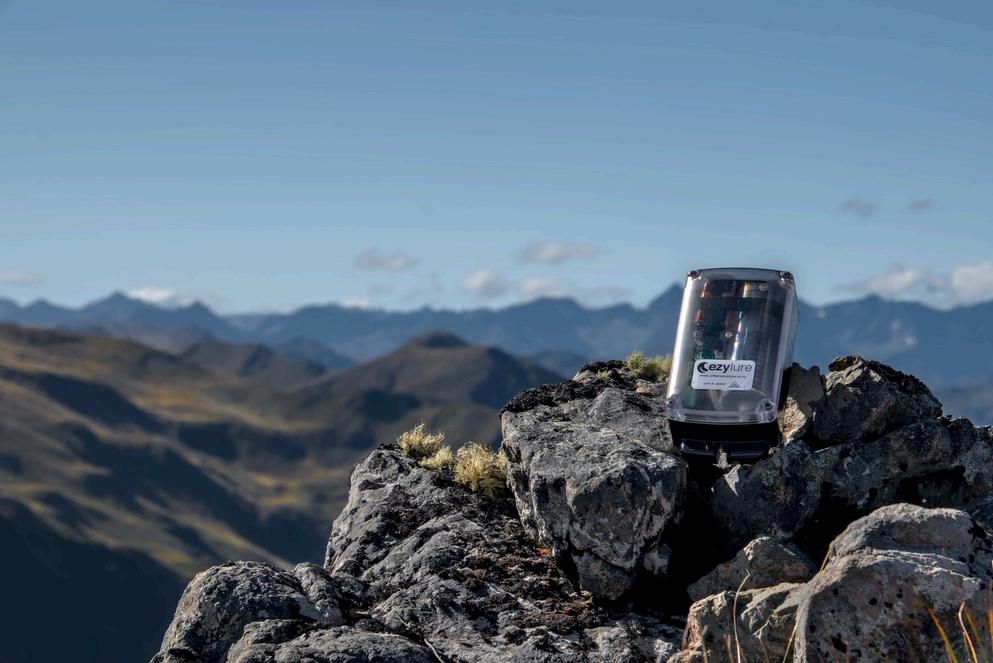
It is best to plan for integrated pest management. Even if your project is only targeting a single species, you will have to deal with other pests.
Trap and toxin shyness in some animals can be a learned behaviour in juveniles, and places elimination success at risk. For elimination to be successful in existing suppression areas, areas may need to be left untreated first to break trap or device avoidance behaviours in the local predator populations.
Automated lure dispensers are effective and can be successfully paired with many trap types.
DNA analysis is a very effective tool to understand the genetic diversity of a population, the potential for reinvasion, and sources of reinvasion.
eDNA is not yet proving to be useful as a stand-alone predator detection tool. It may become more useful in future if it can overcome some key hurdles.
Biodiversity monitoring is useful, starting from the beginning of a project — it helps to show the project’s impact, and becomes a source of pride for the community. However, biodiversity monitoring is not commonly funded as part of an elimination project.
Ezylure Image: Boffa Miskell
Possums
While complex in its own right, possum elimination is relatively straightforward, compared to rats (especially ship rats) and stoats which are a bigger challenge due to home range sizes, breeding patterns and behaviour.
Projects are providing tentative confidence that we know enough to eliminate possums in urban, rural, forest and back country environments but not all habitats have been tested yet. For example, we haven't tested the tools and methods in South Island eastern beech forest at medium to high altitude.
Rats
Observations from Wellington are that some ship rats may not use the ground during their whole lifecycle. Ship rats can also have unusually small home ranges.
A network of Victor snap traps in wooden boxes on a 25m x 25m grid have proven to be a great control tool in the Kennedy Point trial on Waiheke Island, but after six months still had not removed all the rats from the area. This showed that traps alone are not able to eliminate rats.
Te Korowai o Waiheke have developed an effective floating bait station for use in mangroves and estuarine systems. This has provided an effective control approach for these habitats.
Stoats
In a stoat elimination network, double set long DOC 200 boxes (rather than single set short boxes) spaced at 1 box per 6 hectares is effective. Holden traps are also effective live capture traps for stoats.
It is important to check stoat traps daily after a fresh lactating female or juvenile stoat catch during the denning and dispersal season.
Trap servicing frequency can be modified to make it more frequent in areas of high stoat catches and less frequent in areas of low stoat catches during the denning and dispersal season. On Waiheke Island, 90 percent of stoats are caught within 100m of the coast, wetland or waterways.
Capital Kiwi have observed that by raising DOC200 trap boxes off the ground by 100mm, hedgehog catches have been reduced significantly without impacting stoat catches
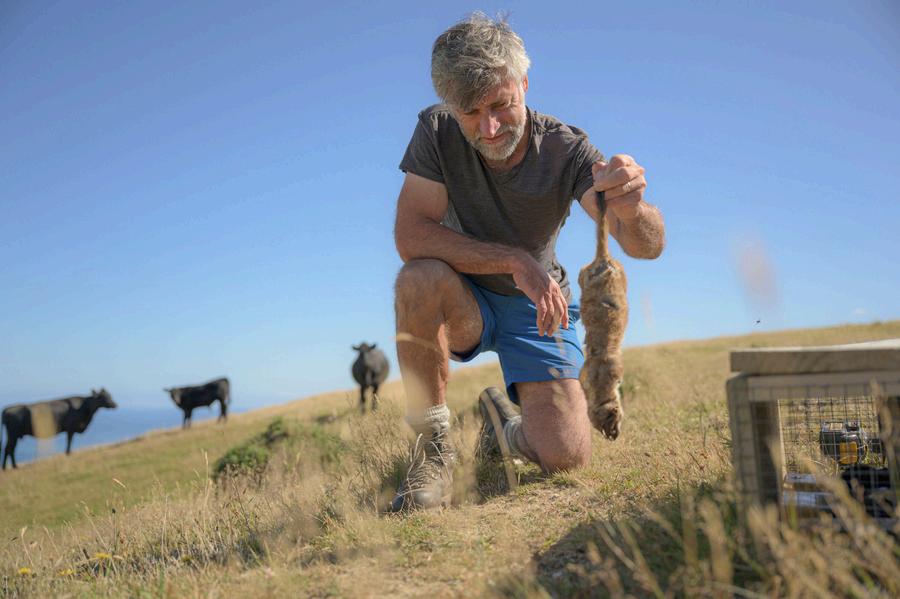
Capital Kiwi. Image: Dave Allen
Research and development
An increase in innovation (both ideas and providers) has ramped up the rate of predator elimination progress. There are still critical capability gaps (‘critical hurdles’) for which there is unlikely to be any one solution for. Examples are:
scaling rat elimination up to regional scale being able to cost-effectively detect survivors or reinvaders at ever increasing scales before populations are reestablished a need for more effective tools for mustelid elimination where aerial toxin use is an issue.
Therefore, a hedged bet portfolio approach, supporting diversity, is required. Supporting a diverse range of tools and approaches is important, so critical capability gaps are identified and filled. A narrow approach could miss important opportunities and could miss identifying gaps, which could lead to the failure of the PF2050 Goal
Research and development, prioritised by the needs of landscape project’s current and future operations, leads to greater and faster impacts from outcomes and advances the mission faster For example, in response to the recognised greater relative difficulty of eliminating rats than other target species, a focus on better rat control has led to successful ongoing development of the ratselective toxin Norbormide.
The time-lag of traditional ecological research is not always delivering to landscape projects’ needs, which need quick solutions. Learning from on the ground, in the projects themselves, is essential. Perfect or theoretical management solutions must be balanced with practical considerations in most PF2050 situations. This is because solutions are dependent on people and other variables, which cannot be fully controlled.

eTrapper Baitsense Image: Shaun Lee
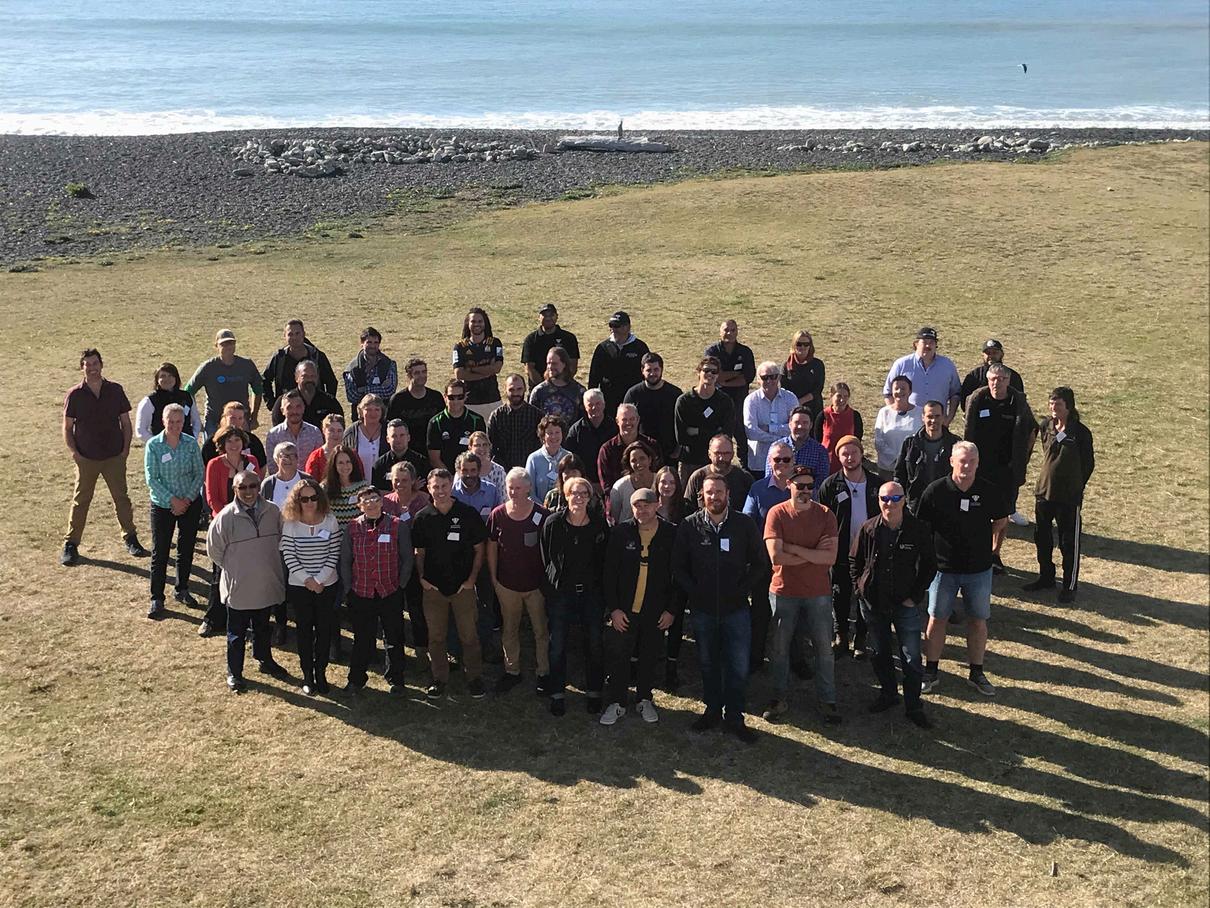
Predator Free 2050 Limited learnings that are enabling this community of learning include:
Being agile, adaptive, and open to taking more risks is driving faster outcome achievement across all sectors.
Developing strong, high-trust relationships with landscape project partners, researchers and developers is key to fostering an optimally performing community of practice.
On the ground, the ‘learning by doing’ approach is rapidly overcoming hurdles to achieving and scaling up mainland predator elimination.
An approach that didn't work is not a failure. It's a learning experience and is especially helpful when shared with others.
Being politically neutral engenders cross-party support, enabling long-term continuity of a project.
Being part of the government system, but independent of government, provides confidence of government commitment, while maintaining sufficient distance for some parties.
There is potential for leveraged social, cultural, health and economic benefits from the PF2050 mission – these are yet to be captured and analysed.
Conclusion
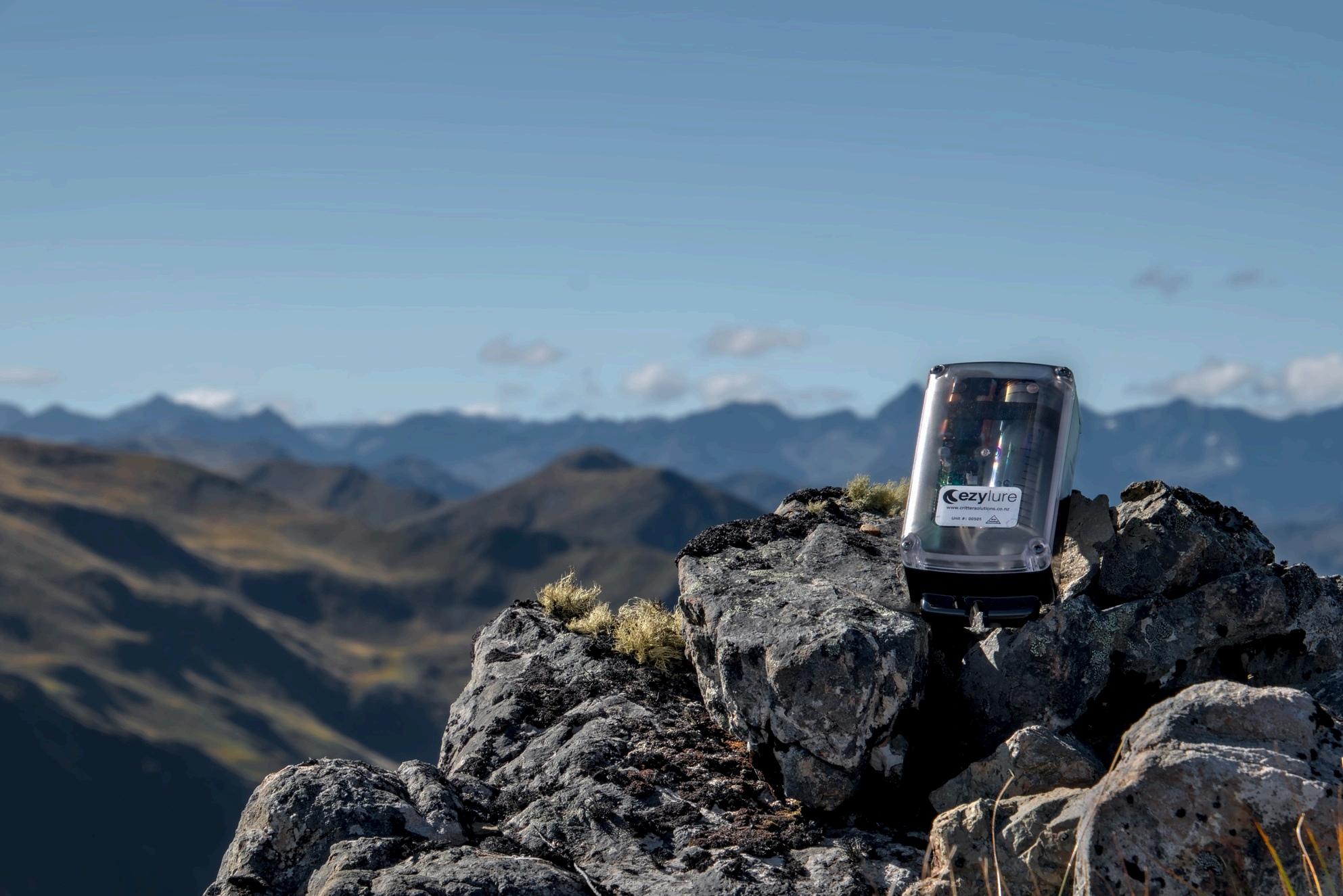
In summary landscape elimination projects have so far found that if they include the following elements and skills they are more likely to be successful and sustaining:
Robust governance from the beginning
Prioritise community engagement early on Quality data collection and analysis driven
Agile and creative thinking around decision making
Learning by doing Relationship management based on trust
Locally delivered by professionals
Nationally supported by professionals able to share knowledge and experiences.
This paper is a snapshot in time of some insights that are hopefully useful to others working under the predator free kaupapa. The landscape scale projects are continuously learning in all aspects of their projects, from social to technical, so this paper represents just a start of sharing their learning Knowledge gained through these projects, will continue to be shared, as new learning comes to hand.
